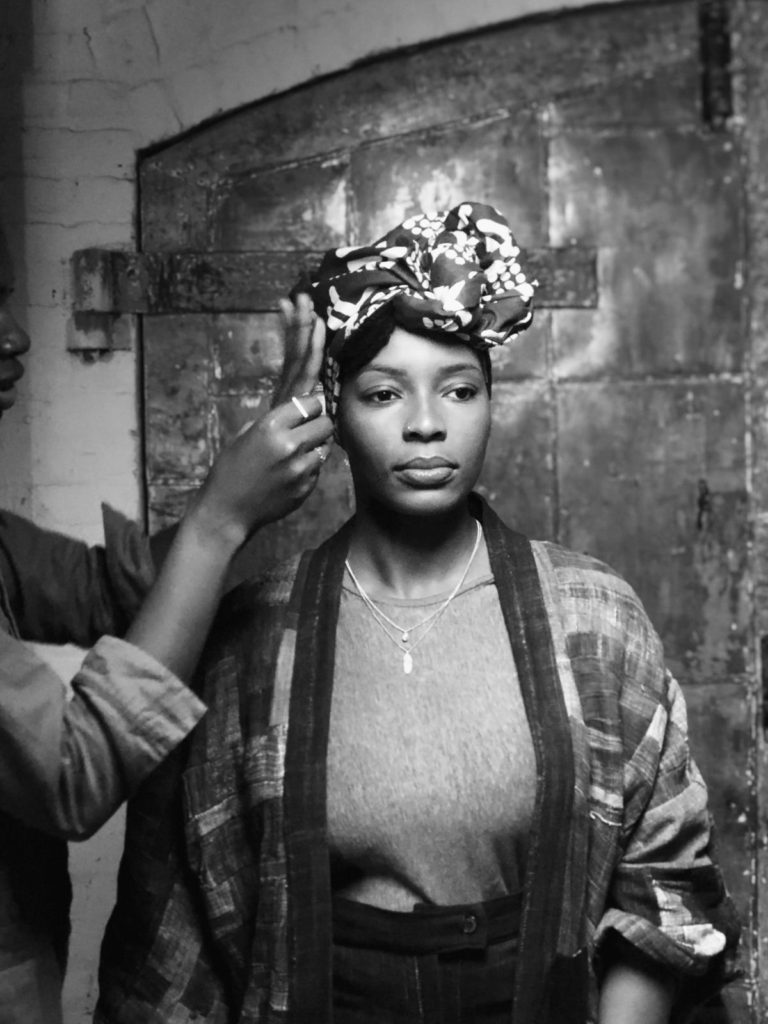
Head wraps, head scarves, head coverings, head tie, turban. Whatever name you may use for it, head coverings are and have been worn by many people across the world and are not completely unique to black women. This post however, will focus on the experience of black women.
Most commonly recognised to be part of traditional attire for African countries, head wraps and headscarves are known for their varying purposes, styles and fabrics.
Traditionally, they are worn for practical activities and for celebratory occasions such as weddings, birthdays and christenings, even funerals. An African woman wears a certain headwrap similarly to how a queen might wear a crown.
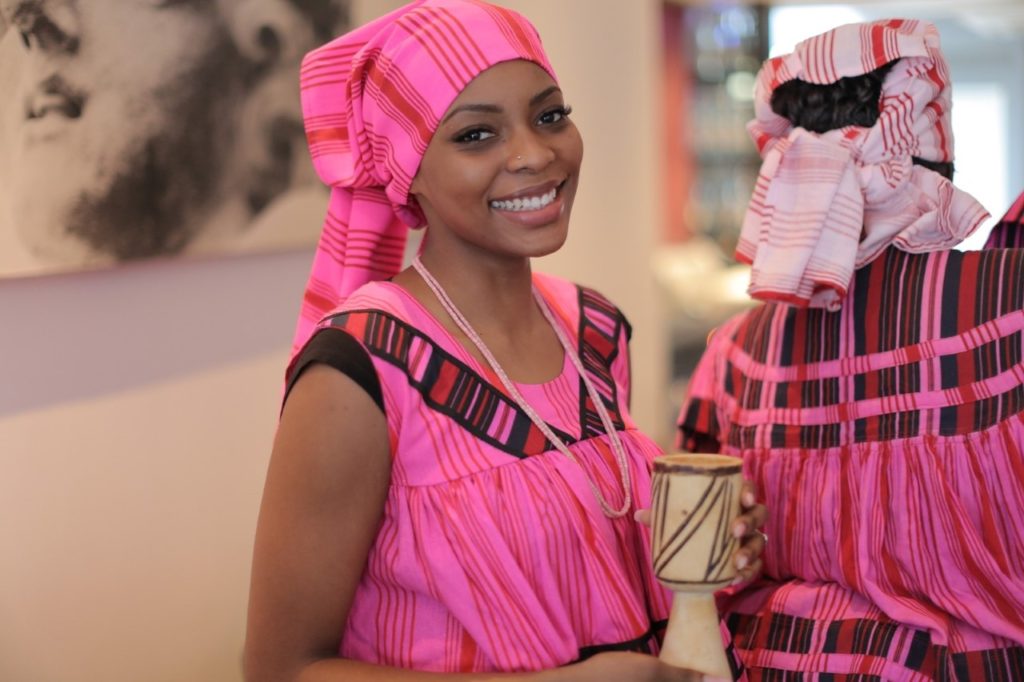

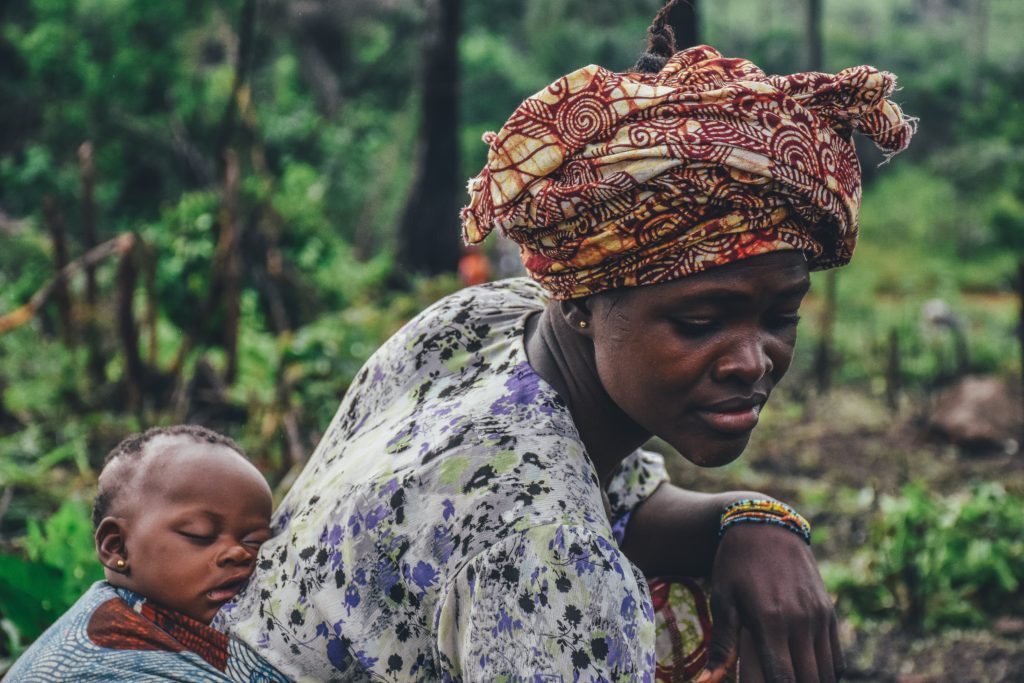
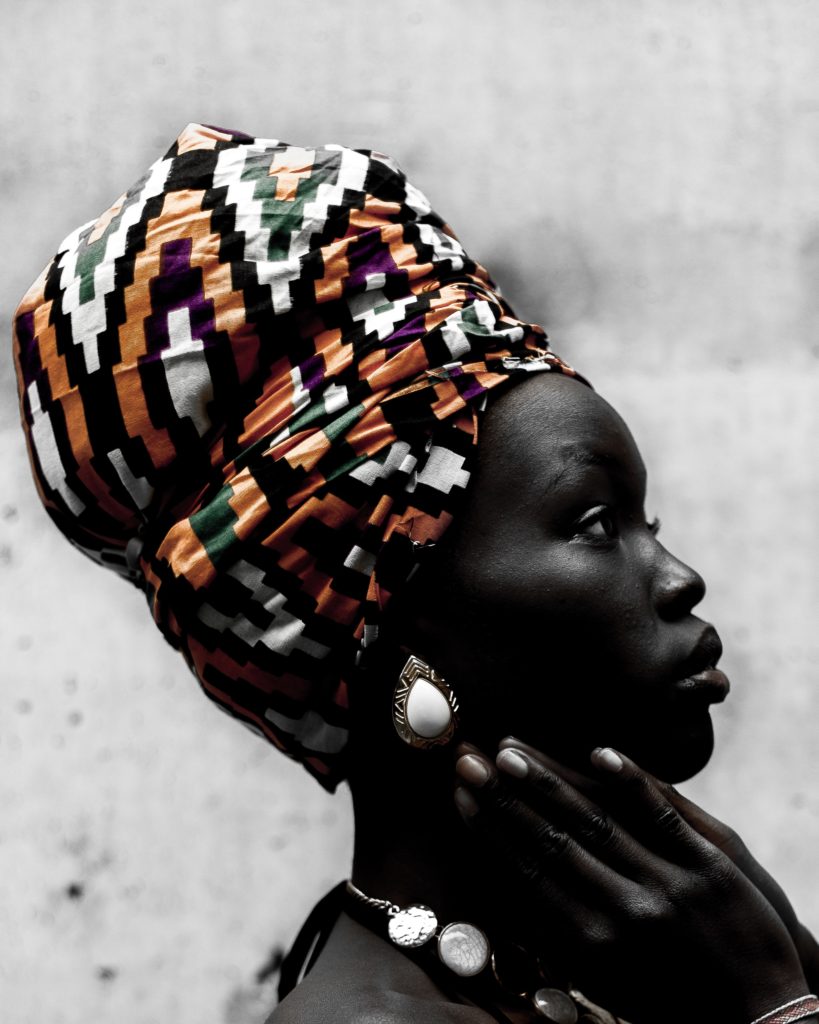
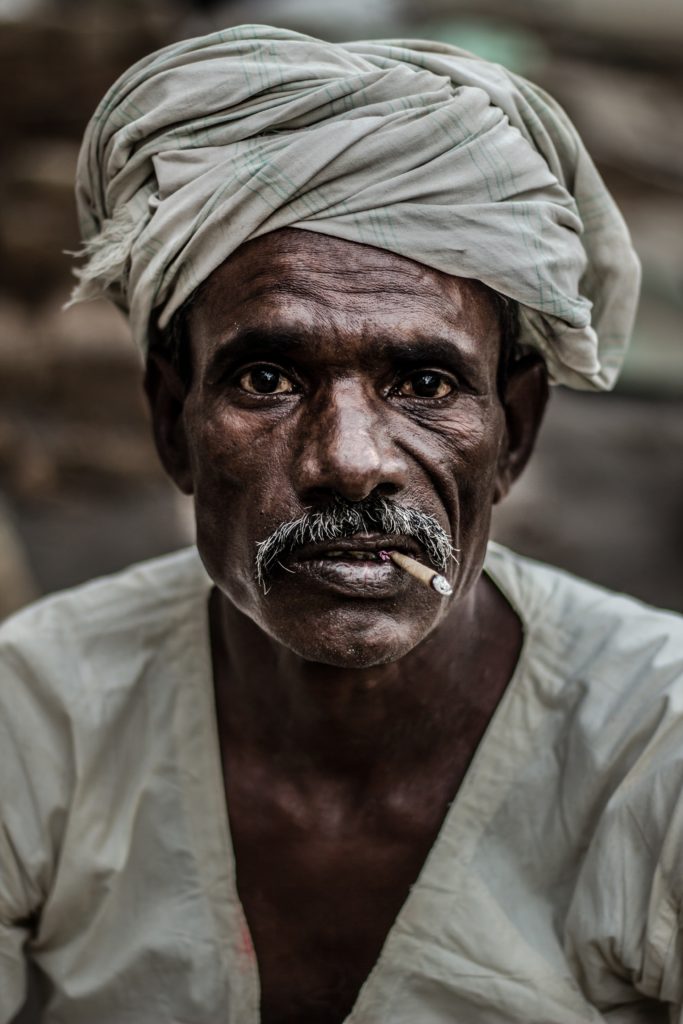
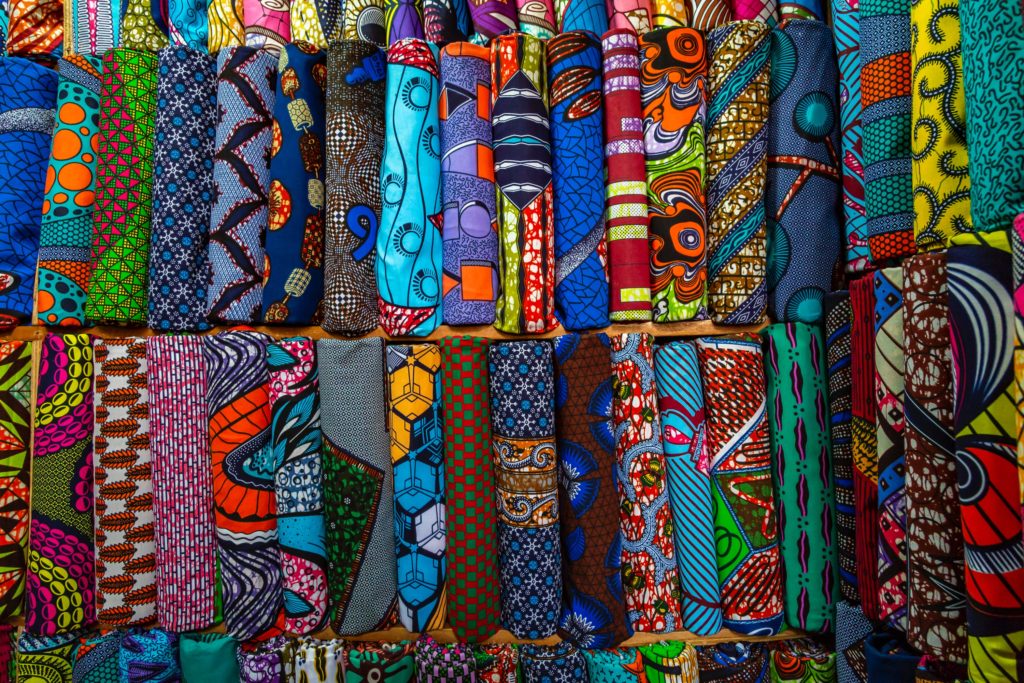
Depending on the country or region, they go by different names. In Ghana, they are called ‘duku’. In Nigeria, they are known as ‘gele’- recognised for their elaborate styles at celebratory events. The South Africans and Namibians use the Afrikaans word ‘doek’, and in Botswana it is the Tukwi, just to mention a few.
In the United States, head wraps have historically been synonymous with slavery and the oppression of black women ( i.e. 1785 ‘the tignon laws’). Euro-America’s perceiving women of colour and textured hair to be a distraction to Caucasian men. Black women were so creative in that era with how they styled their head coverings and have continued to take control of their use of headwraps as history has progressed – with the likes of The Black Power movement and later on with musicians such as Lauryn Hill, Erykah Badu and India Arie. (For further reading- Griebel, H. B. “The African American Woman’s Headwrap: Unwinding the Symbols” )
Women continued to wrap their hair in silk or satin scarves at home to preserve hairstyles throughout the week. The resurgence in African pride, especially among the current generation, has led to more women wearing wraps in the diaspora. It has even made room for of professional headwrap stylist/gele tiers amongst the Nigerian commuities, ensuring women look the part for special events. The hashtag ‘headwraps’ on Instagram or a search on Google, would result in an array of bright colourful fabrics and patterns adorned by brown-skinned queens. Today wraps are fashion accessories, a statement, an exhibit of the richness and vibrancy of African culture.
For the first generation African living in the West, there is that firsthand experience of how dress and culture are so tightly embedded. It is a beautiful thing to see the rest of the diaspora dispersed across the world embracing ancestral connections.
My husband S.O. has always loved the way women in his life, style their hair with scarves and bright fabrics. To celebrate the beauty of headwraps he wrote a song called Headwrap Diaries. Paola Mathé, founder of Fanm Djanm (Haitian kreyol for ‘strong woman’- A headwrap collection) produced and directed the stunning imagery to accompany the song, with black women of all shades adorned in wraps. Living in London fabrics were always easy to come by. Today there are so many amazing black owned business, check out @fanmdjanm on Instagram to cater to your wrap needs.
Click Here to see the full video on YouTube
Blessings
